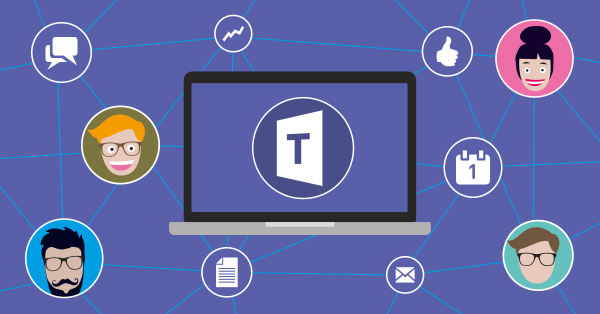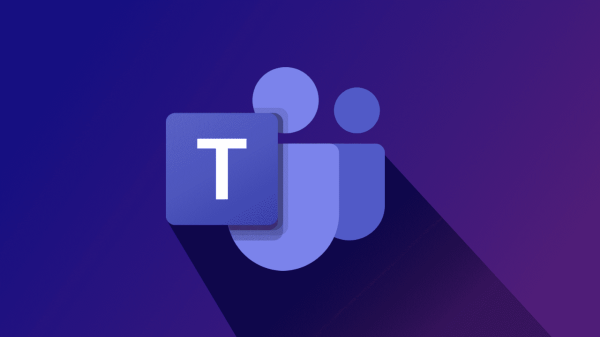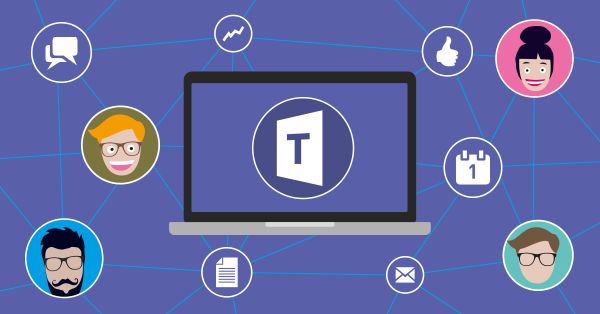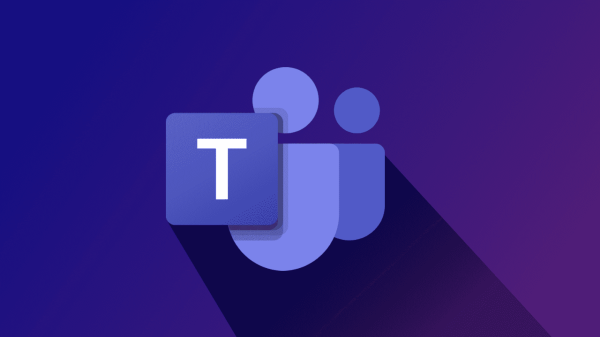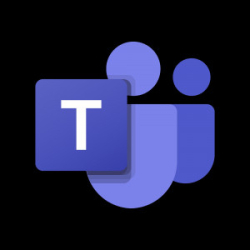Microsoft Teams review
Microsoft Teams is a free service provided by Microsoft to easily create, share, and collaborate on projects. It is a really solid collaboration tool and is an easy way to get started with collaboration in the cloud. I've personally been using it for about a year. I've been trying to build a team of data scientists, so I've been working to find the right tools to use for collaboration. In the past, I've used lots of different tools: Trello, Slack, JIRA, and on and on. I've also used Microsoft's own Yammer for a while, but I've found that teams is a much better tool for collaboration, and it's also a lot easier to scale.
What are teams?
Teams are Microsoft's take on a collaborative environment for teams. It is a cloud service that you can use to share and collaborate on projects. It is currently available in preview and is free for up to five team members. It is available in the US and UK, but you can easily signup for an account from another location.
Teams have a number of features that make it a great tool for collaboration. It has a nice user interface that is very easy to use for beginners. It also has a lot of features that make it useful for more advanced users. If you want to learn more about it and you are in the US, you can signup for a free Microsoft Teams trial.
What is a Microsoft team?
Teams is a cloud service that is designed to make it easier for teams at work to collaborate on projects. A team is a group of users that are given access to the service, and they are given access to a number of features that teams provide.
A team can be given access to a number of different features:
- Teams provide a quick way to create new projects through a few clicks.
- Teams also provide a way for all the users in a team to work together on the projects that they are part of. For example, if I'm a user in a team and I have a project open, my teammates can see what I'm working on, and they can also comment on what I'm working on.
- Teams also provide a way to share documents and other files. For example, if I'm working on a project and I want to share some documents with my teammates, I can upload the documents to teams and they can download it.
- Teams provide a way for teams to communicate with each other. For example, if I'm part of a team, I can send a message to the team or reply to a message that I've received.
- Teams provide a way for teams to chat with each other. For example, if I'm part of a team, I can chat with my teammates.
- Teams also provide a variety of collaboration tools for teams to use to work together. For example, if I'm part of a team, I can use a feature called "planning" to create a simple document with my teammates to collaborate on.
- Teams also provide a number of ways for teams to share information. For example, if I'm part of a team, I can share a file with a team, or I can share a link to a file.
- Teams also provide a way for teams to keep track of tasks. For example, if I'm part of a team, I can add a task to a project.
- Teams also provide a feature that is unique to it called "teams", which is a way to share information across a number of teams.
- Teams provide a way to create a team. For example, I could create a team called "Data Science Team" and add members to it.
- Teams also provide a way for teams to share a document. For example, I could share a document called "Data Science Team Roles" that has members of the team.
Pros:
- Microsoft has a lot of resources to help you in your development
- Microsoft has a large number of users, it is easier to find a job
- Has a large number of open source projects in the community, we can learn a lot
- Microsoft has a large number of users provide feedback, we can quickly improve
- Microsoft has a large number of internal experts, you can ask them questions
Cons:
- Microsoft team is not free, only for business customers
